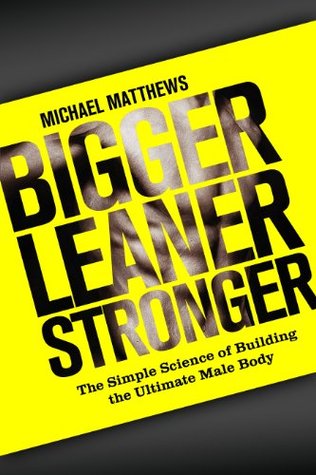More on this book
Community
Kindle Notes & Highlights
Glycemic Index The glycemic index (GI) is a numeric system that ranks how quickly the body converts various foods into glucose. Foods are ranked on a scale of 0 to 100 depending on how they affect blood sugar levels once eaten. A GI rating of 55 and under is considered low on the index, while a rating of 56 to 69 is medium, and a rating of 70 or above is high. Simple carbohydrates are converted into glucose quickly and thus have high GI ratings. For example, sucrose’s rating is 65, white bread’s is 71, white rice’s is 89, and white potato’s is 82. Complex carbohydrates are converted into
...more
Fiber Fiber is a mostly indigestible type of carbohydrate found in many types of foods, including fruits, vegetables, legumes, and grains.
Fatty Acid A fatty acid is an acid found in the fats and oils of animals and plants.
Essential Fatty Acid An essential fatty acid is a fatty acid that’s vital for proper bodily function and must be obtained from food.
Saturated Fat Saturated fat is a type of fat that’s solid at room temperature and found in many animal and some plant sources, including meat, cream, cheese, butter, lard, coconut oil, cottonseed oil, and palm kernel oil.
Unsaturated Fat Unsaturated fat is a type of fat that’s liquid at room temperature and found in many plant and some animal sources, including avocado, nuts, vegetable oils, and fish.
Trans Fatty Acid A trans fatty acid is a type of unsaturated fatty acid that’s uncommon in nature and usually created artificially. “Trans fats” are often found in highly processed foods like cereals, baked goods, fast food, ice cream, and frozen dinners. Anything that contains “partially hydrogenated oil” contains trans fatty acids.
Cholesterol Cholesterol is a soft, waxy substance found in most body tissues. Cholesterol is an important part of the structure of cells and is used to create different hormones.
The road to nowhere is paved with excuses. —MARK BELL
energy balance, which is the relationship between energy intake (calories eaten) and output (calories burned).
No individual food can make you fatter. Only overeating can.
If you consistently consume more calories than you burn, you’ll gain weight, even if those calories come from the “healthiest” food on earth.
They found that obese people who claimed to have been eating 800 to 1,200 calories per day for years were underestimating their true daily calorie intake by a whopping 2,000 calories, on average. That’s right, on average, these people were eating about 3,000 calories per day while claiming to have been eating just 800 to 1,200 calories per day.
This is why research shows that high-fat meals cause more immediate fat gain than high-protein or high-carbohydrate meals.18
it’s not the calories from alcohol that can make you fatter, but all the delicious food most people eat with it, which is hard to resist when you’re hammered.
adding resistance training to the cardio workouts resulted in less weight loss due to muscle gain but more fat loss due to various physiological factors
If you consistently consume more calories than you burn, you’ll gain weight, even if those calories come from the “healthiest” food on earth.
No individual food can make you fatter. Only overeating can.
Meal frequency has no significant effects on total daily energy expenditure or weight loss.
Heavy weightlifting produces large amounts of mechanical tension in your muscles. As you’ll soon learn, producing more and more mechanical tension in your muscles over time is the single most effective way to stimulate muscle growth.
This is why your number one goal as a natural weightlifter should be to increase your whole-body strength. And the most effective way to do that is heavy weightlifting.
the key to gaining muscle and strength isn’t merely changing the types of stimuli your muscles are exposed to—it’s making your muscles work harder. And this is exactly what you do when you force your muscles to handle heavier and heavier weights. This is why your number one goal as a weightlifter should be to increase your whole-body strength over time,
If I could go back in time and share just one bit of workout advice with 17-year-old me, it would be this: whatever you do, make sure you progressively overload your muscles.
The key to gaining muscle and strength isn’t merely changing the types of stimuli your muscles are exposed to—it’s making your muscles work harder.
Free weights give you the most muscle-building bang for your buck—far more than machines, bands, and other contraptions in the gym.
Compound exercises are superior to isolation exercises for gaining muscle and strength because they train many muscles at once, allow you to lift heavier weights, and significantly raise testosterone and growth hormone levels.


